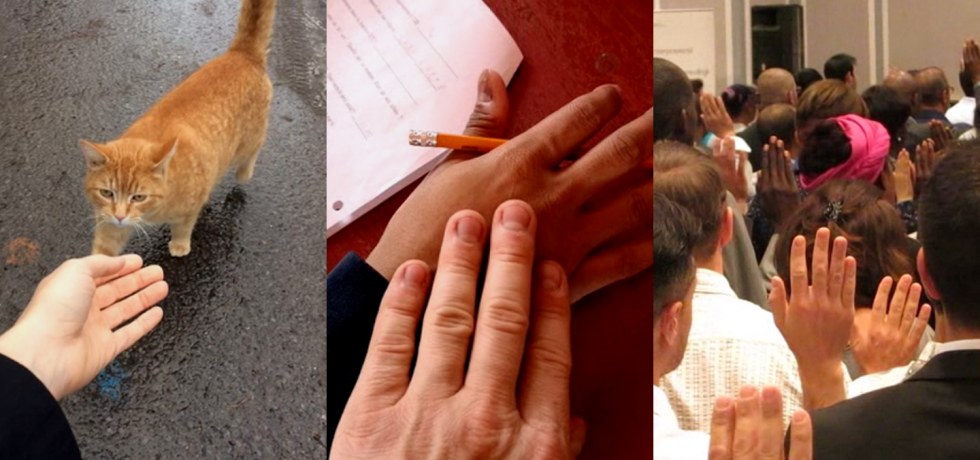Masterpiece: Nighthawks
“Now we’ve turned the painting into a complete virtual world, we can manipulate it almost any way we like. We can introduce a cold winter fog that gets thicker and thicker, turning the light from the diner into a yellow haze. . . . We can even play with light conditions, turning darkness into dawn and dawn into midday, transforming ‘Nighthawks’ into ‘Dayhawks.’ ”
— Dr. James Fox, in “Masterpiece: Nighthawks”
Masterpiece: Nighthawks places British art historian, BBC presenter and BAFTA-nominated broadcaster Dr. James Fox inside a virtual 3-D representation of Edward Hopper’s Nighthawks — his famous 1942 oil on canvas portraying four people in a New York City diner late at night.
Considering Nighthawks as a narrative environment, the production and engineering team from London’s Bild Studios worked closely with Dr. Fox and the creative team at The Experience Machine (TEM) to imagine how the painting could exist as a three-dimensional world. This gave them insights into the painting that had never been considered before—the shape of the bar; the relationship between the man and the woman at the far end; and on a more imaginative note, even the banner headline on the newspaper the other man has put on the counter: “1500 DEAD IN HAWAII”.
The 3-D representation of Hopper’s painting was created as carefully extracted 3-D geometry, with detailed layers of texturing, partly handmade, partly AI-generated, added to resemble Hopper’s brush strokes. The 3-D scene was then imported into the Unreal game engine at MARS, Bild’s new virtual production studio in London, and rendered in real time based on the position of the physical film camera.
Created as a pilot for the Masterpiece series and as a showcase for the potential of MARS, the project meshes the virtual and the physical worlds within a single lens-based journey. Real-world effects such as time of day, virtual depth of field, environmental lighting and other properties can be controlled through a tablet by the director on set. Using optical analysis to inform the digital reconstruction, the team uncovered new and unknown aspects of the painting’s geometry. By enabling Dr. Fox to step into this virtual environment, they can craft the narrative journey from an entirely new perspective: the inside of an artwork.

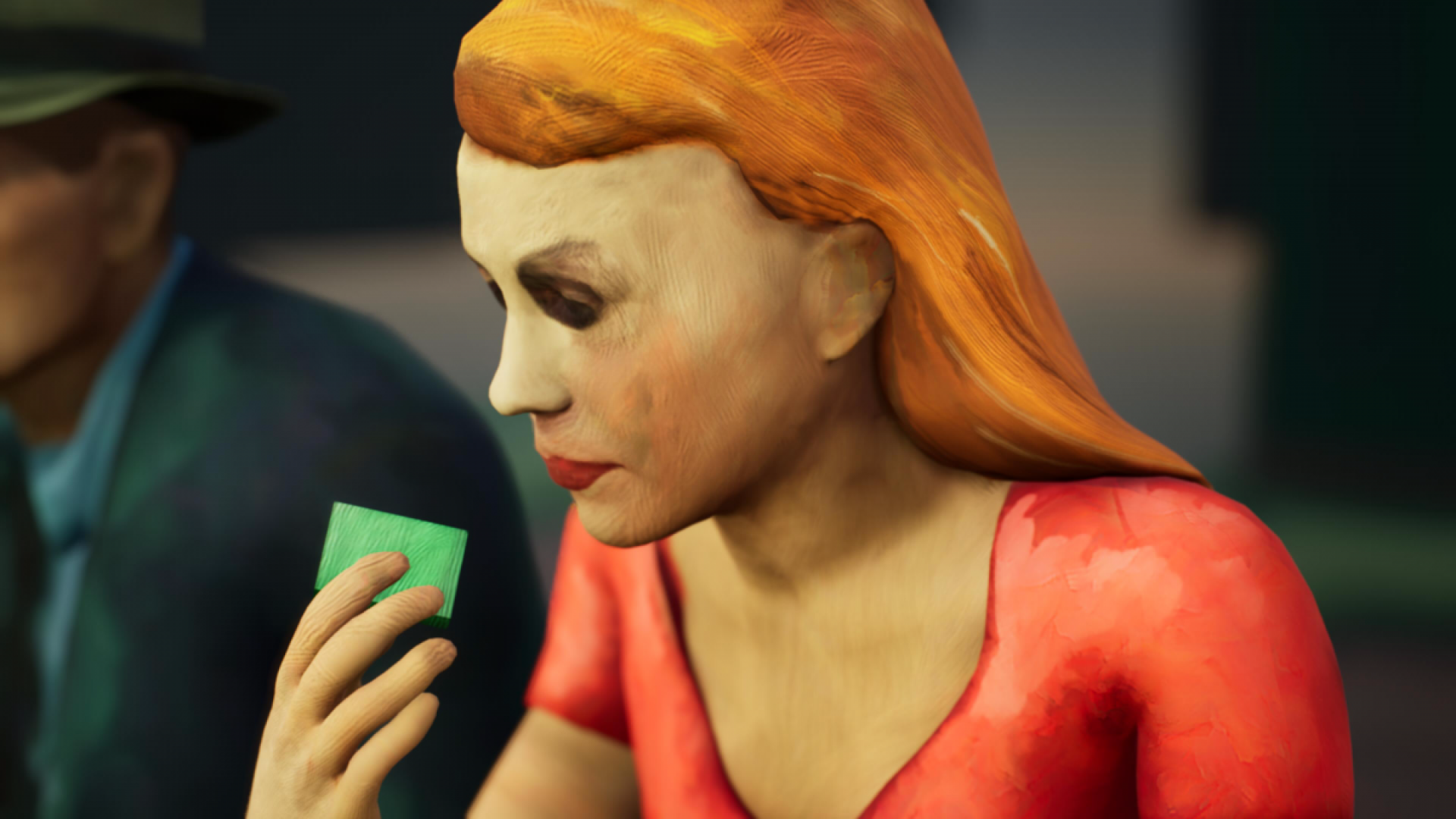
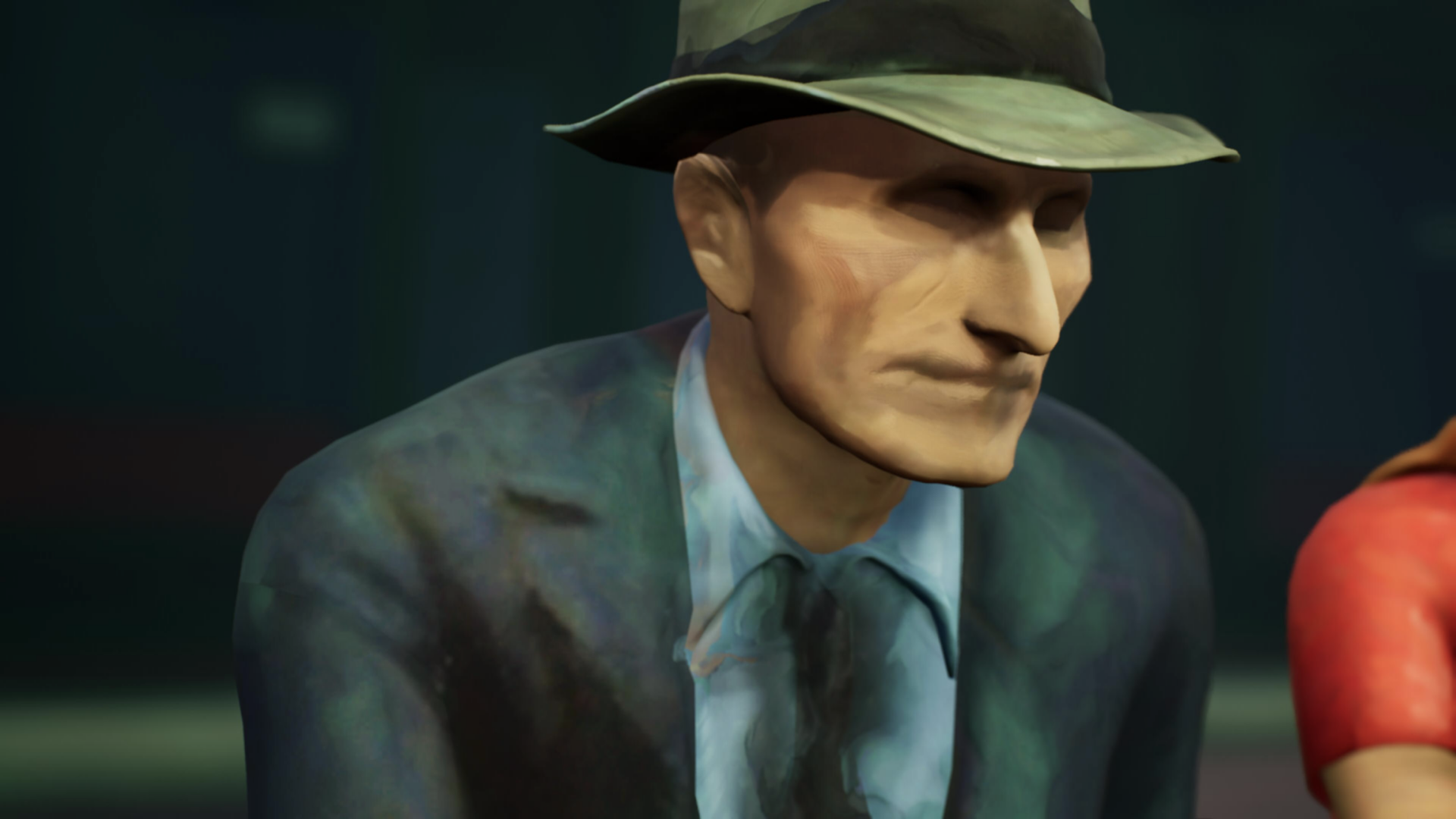
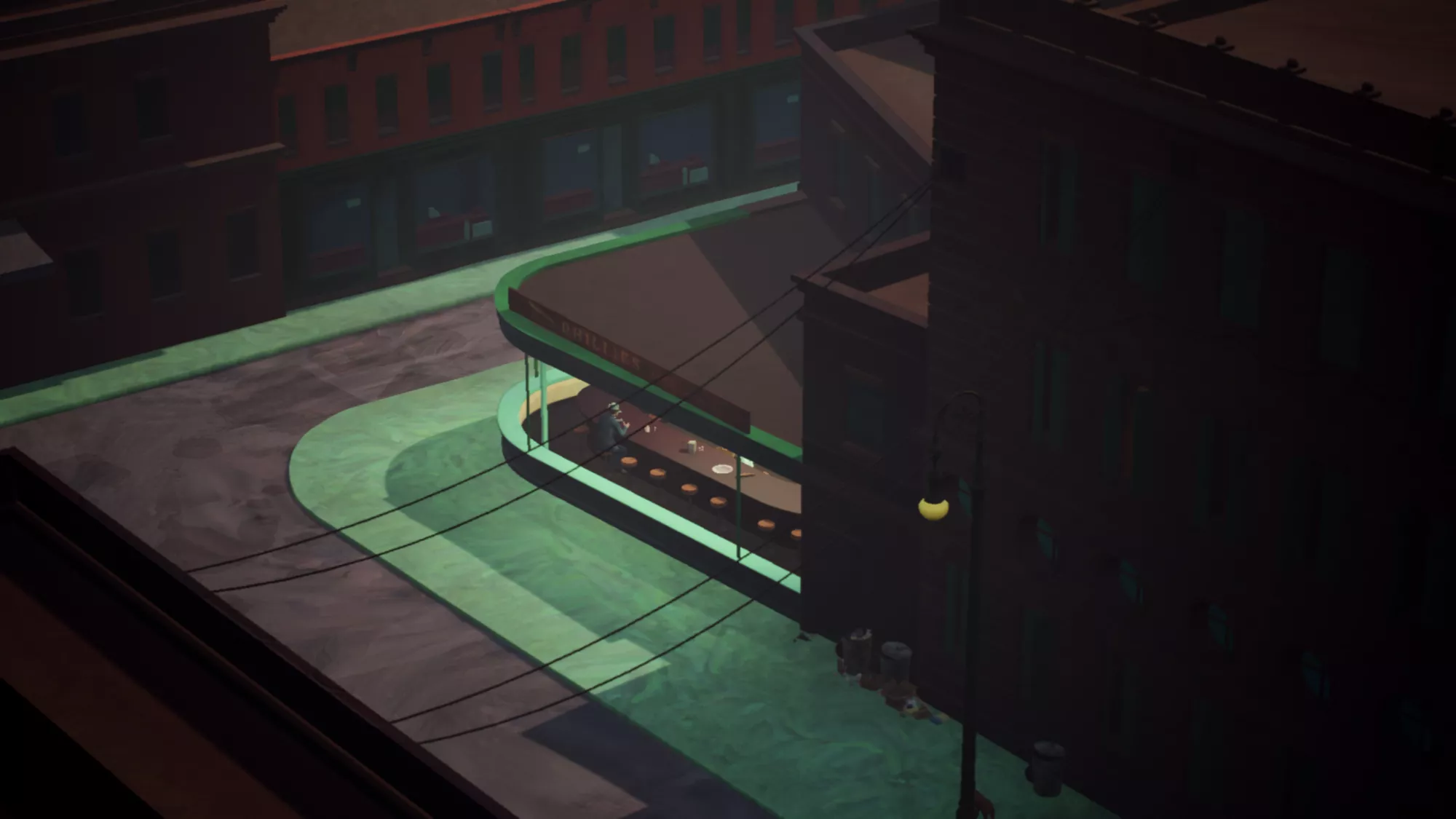

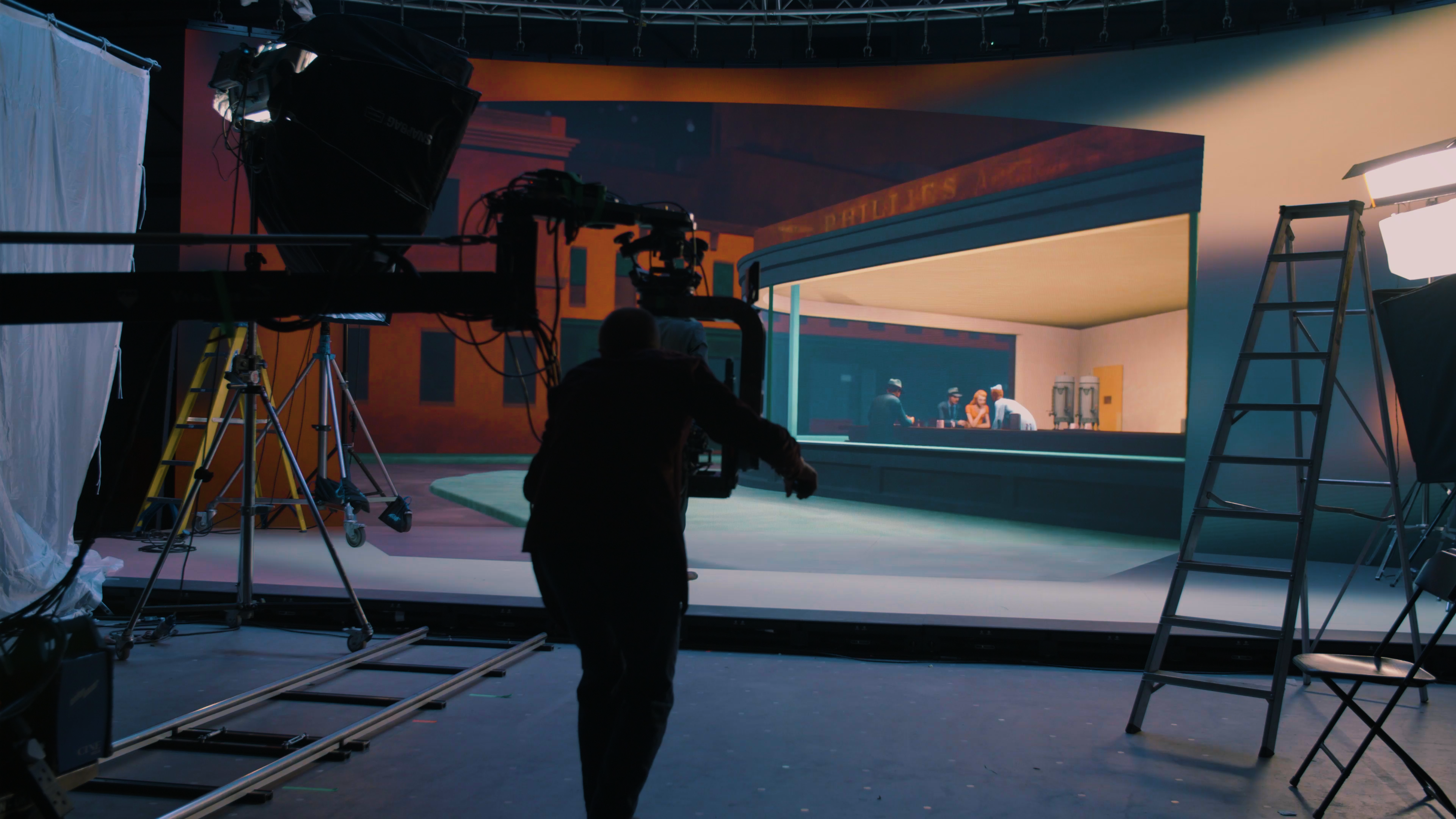


 “If, broadly speaking, late nineteenth-century Americans embraced especially intense affective modes, from passionate declarations of romantic love to obsessive rituals of mourning and grief, early twentieth-century American emotional life was tempered by expectations of disciplined self-control. Multiple factors contributed to this shift, including widely held assumptions that certain feelings, in particular those deemed heated, rowdy, or unpleasant, were adverse to modernist scripts of rational thought, or coolheadedness. New patterns of social regulation and economic organization, including changes in middle-class family and gender relations, increased reliance on experts for advice and guidance, and the growth of managerial bureaucracies that imposed certain standards of appearance, collegiality, etiquette, and propriety in the workplace helped shape a modern culture of emotional self-restraint and social policing. New kinds of consumerism developed as compensatory outlets, encouraging Americans to transfer their unruly passions for pleasure, indulgence, and excess to modernism’s regulated realms of shopping, entertainment, and spectator sports. . . . Drawing on popular and vernacular sources, including advertising and the movies, Hopper distilled the subjects and scenes of this newly cool American scene into emotionally restrained pictures that reflected the changed conditions of class, communication, intimacy, and work in twentieth-century America. . . .
“If, broadly speaking, late nineteenth-century Americans embraced especially intense affective modes, from passionate declarations of romantic love to obsessive rituals of mourning and grief, early twentieth-century American emotional life was tempered by expectations of disciplined self-control. Multiple factors contributed to this shift, including widely held assumptions that certain feelings, in particular those deemed heated, rowdy, or unpleasant, were adverse to modernist scripts of rational thought, or coolheadedness. New patterns of social regulation and economic organization, including changes in middle-class family and gender relations, increased reliance on experts for advice and guidance, and the growth of managerial bureaucracies that imposed certain standards of appearance, collegiality, etiquette, and propriety in the workplace helped shape a modern culture of emotional self-restraint and social policing. New kinds of consumerism developed as compensatory outlets, encouraging Americans to transfer their unruly passions for pleasure, indulgence, and excess to modernism’s regulated realms of shopping, entertainment, and spectator sports. . . . Drawing on popular and vernacular sources, including advertising and the movies, Hopper distilled the subjects and scenes of this newly cool American scene into emotionally restrained pictures that reflected the changed conditions of class, communication, intimacy, and work in twentieth-century America. . . .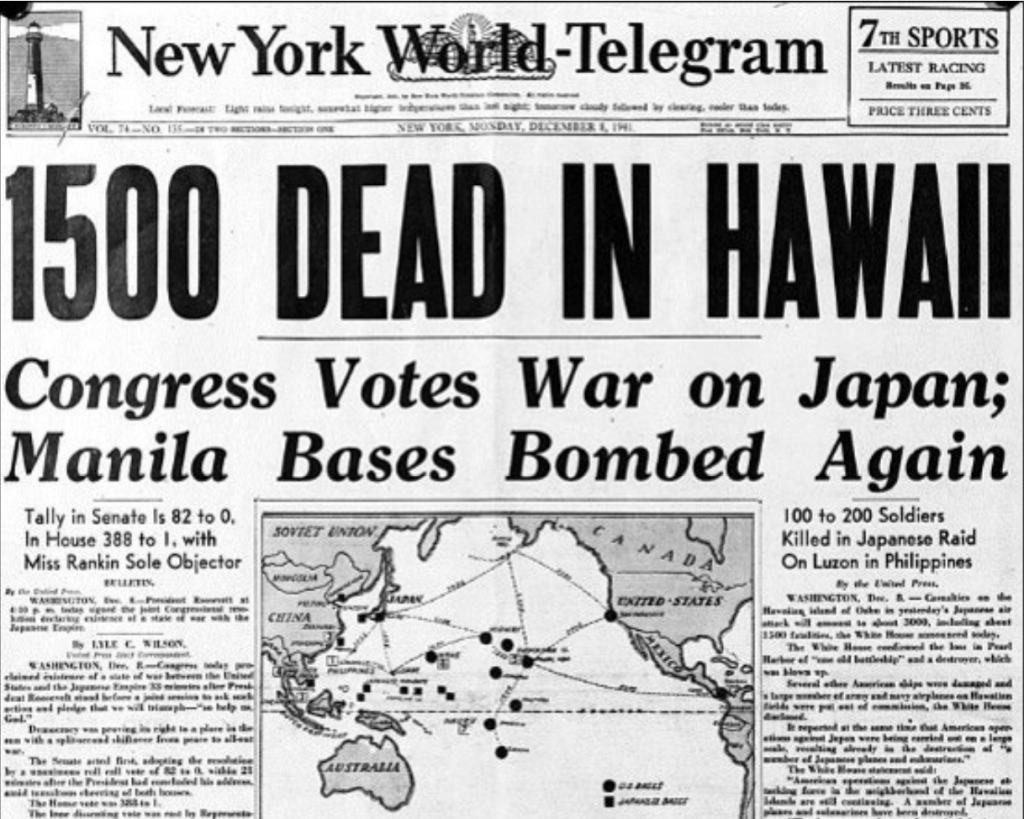 “Fearing attack by the Nazis, New Yorkers were subject to blackout drills and dimmed lights in public spaces. Hopper’s walks were thus taken around a city literally and figuratively darkened by crisis. He later recalled how this darkness inspired Nighthawks and imagined what it would be like to come across a brightly lit diner in the middle of the night, with people—the ‘nighthawks’—within.
“Fearing attack by the Nazis, New Yorkers were subject to blackout drills and dimmed lights in public spaces. Hopper’s walks were thus taken around a city literally and figuratively darkened by crisis. He later recalled how this darkness inspired Nighthawks and imagined what it would be like to come across a brightly lit diner in the middle of the night, with people—the ‘nighthawks’—within.